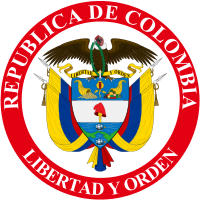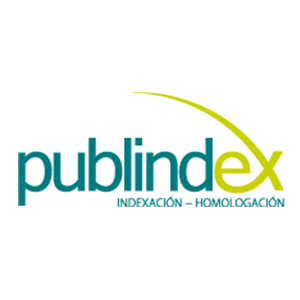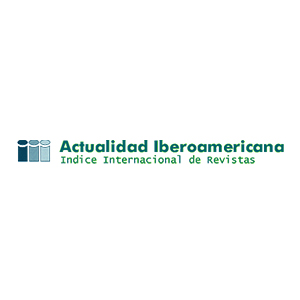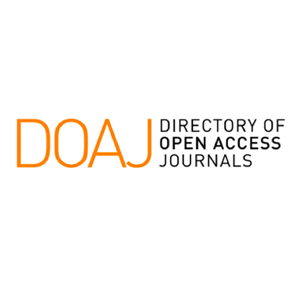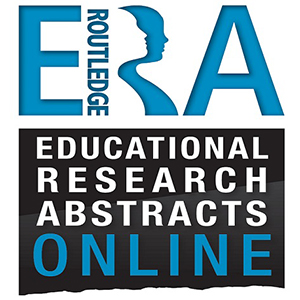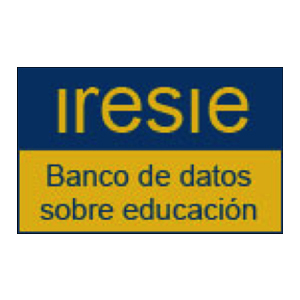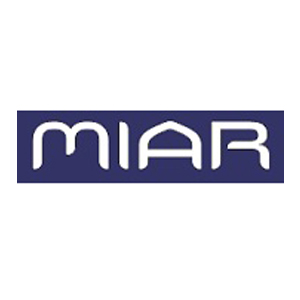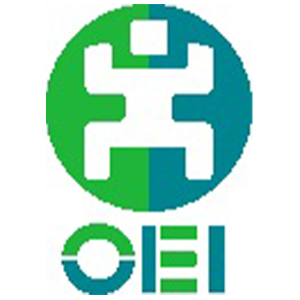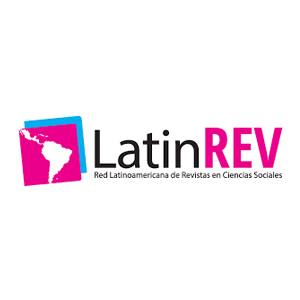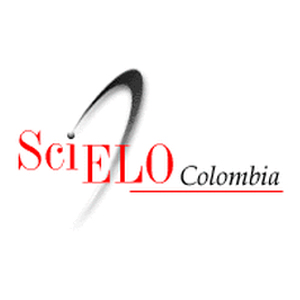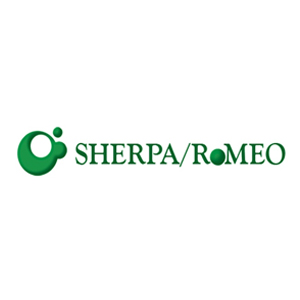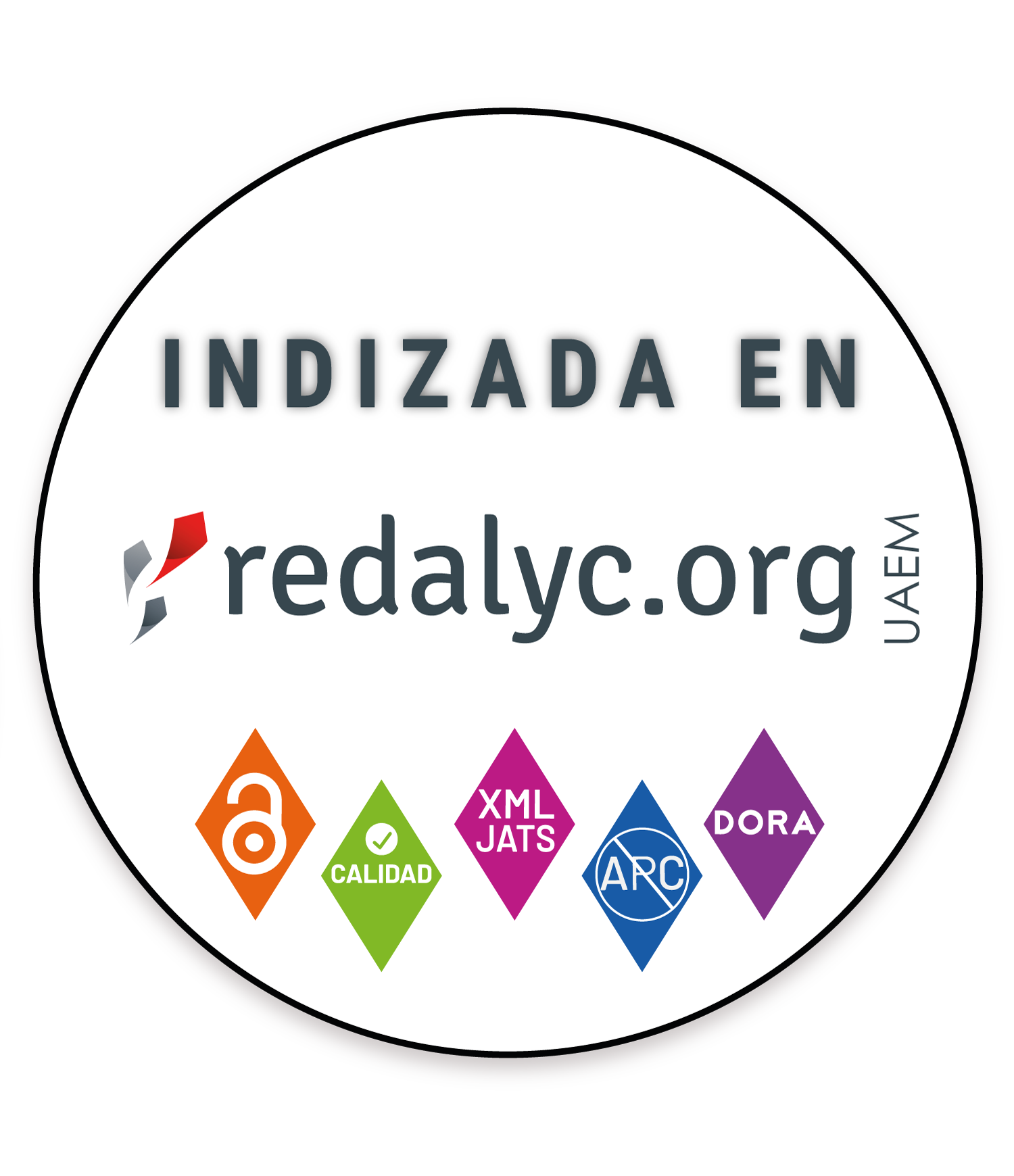MODELIZACIÓN EN CIENCIAS NATURALES: UNA REVISIÓN BIBLIOMÉTRICA EN EL PERIODO 2008 -2018
Se realiza una revisión bibliométrica sobre la modelización en ciencias naturales de 2008 a 2018, para identificar aspectos
relevantes de esta línea, como, autores relevantes, principales enfoques investigativos y metodologías usadas. La revisión seestructuró como una investigación mixta; en la búsqueda de los artículos se utilizaron las bases de datos: Scopus, Web of Science, Eric y el metabuscador Google scholar, los términos de búsqueda fueron seleccionados tomando como base el tesauro de la UNESCO. Se analizaron 70 artículos, encontrando que el concepto de modelización varía según el autor. Además se reconocieron diferentes enfoques desde los cuales, comúnmente se ha abordado esta línea, tales como, su uso como una herramienta de enseñanza. Así mismo, se evidenciaron sub-líneas poco trabajadas, como, la modelización en ciencias naturales mediante el uso de TIC con relación a las Necesidades Educativas Especiales (NEEs).
Aksela M. y Lundell J. (2008) .Computer-based molecular modelling: Finnish school teachers experiences and views.
Chemistry Education Research and Practice, 9(4), 301–308. https://doi.org/10.1039/b818464j
Bierema A., Schwarz C.y Stoltzfus J. (2017) Engaging undergraduate biology students in scientific modeling: Analysis of group
interactions, sense-making, and justification. CBE Life Sciences Education, 16(4) 1–16. https://doi.org/10.1187/cbe.17-
-0023
Blikstein P., Fuhrmann T.y Salehi S.(2016) Using the Bifocal Modeling Framework to Resolve “Discrepant Events” Between
Physical Experiments and Virtual Models in Biology. Journal of Science Education and Technology. 25(4), 513–526.
https://doi.org/10.1007/s10956-016-9623-7
Bucher S. (2018) Bibliometric analysis of Central European journals in the Web of Science and JCR Social Science
Edition. Malaysian Journal of Library and Information Science, 23(2), 95–110
https://doi.org/10.22452/mjlis.vol23no2.6
Gorbea S. (2016) Una nueva perspectiva teórica de la bibliometría basada en su dimensión histórica y sus
referentes temporales. Investigación Bibliotecológica. 30(70), 11–16
https://doi.org/10.1016/j.ibbai.2016.10.001
Halloun I. (2007). Mediated modeling in science education. Science and Education. 16º 653-697.
https://doi.org/10.1007/s11191-006-9004-3
Heijnes D., Van Joolingen W. y Leenaars F (2018). Stimulating Scientific Reasoning with Drawing-Based Modeling. Journal
of Science Education and Technology, 27(1),45–56https://doi.org/10.1007/s10956-017-9707-z
Krell M., Upmeier zu Belzen A. y Krüger D. (2014). Students’ Levels of Understanding Models and Modelling in
Biology: Global or Aspect-Dependent?. Research in Science Education. 44(1), 109–132.
https://doi.org/10.1007/s11165-013-9365-y
Lehrer R. y Schauble L.(2012). Seeding evolutionary thinking by engaging children in modeling its foundations. Science
Education.96(4), 701–724.
https://doi.org/10.1002/sce.20475
Louca L. y Zacharias Z. (2012). Modeling-based learning in science education: Cognitive, metacognitive, social, material
and epistemological contributions. Educational Review. 64(4), 471–492.
https://doi.org/10.1080/00131911.2011.628748
Machado J. y Braga M. (2018). Secondary students’ modelling conceptualisation in situations related to particle dynamics:
a clinical perspective. International Journal of Science Education. 40(13),1606–1628.
https://doi.org/10.1080/09500693.2018.1494394
Maia P. y Justi R.(2009). Learning of chemical equilibrium through modelling-based teaching. International Journal of
Science Education. 31(5), 603–630. https://doi.org/10.1080/09500690802538045
Miguel S. y Dimitri P. (2013). La investigación en bibliometríca en la argentina: ¿Quiénes son y qué producen los
autores argentinos que realizan estudios
bibliométricos?. Información, Cultura y Sociedad. 29(29), 117–138.
https://doi.org/154526854123456
MooreE. (2016). ConfChem Conference on Interactive Visualizations for Chemistry Teaching and Learning: Accessibility
for PhET Interactive Simulations - Progress, Challenges, and Potential. Journal of Chemical Education. 93(6),
–1161. https://doi.org/10.1021/acs.jchemed.5b00772
Ortega J., Sánchez W. y Magana A. (2018). Exploring Undergraduate Students’ Computational Modeling Abilities and
Conceptual Understanding of Electric Circuits. IEEE Transactions on Education. 61(3), 204–213.
https://doi.org/10.1109/TE.2018.2822245
Passmore C. y Svoboda J. (2012). Exploring Opportunities for Argumentation in Modelling Classrooms. International
Journal of Science Education. 34(10), 1535–1554. https://doi.org/10.1080/09500693.2011.577842
Rodríguez J. (2014). Paradigmas, enfoques y métodos en la investigación educativa, Investigación Educativa.7, 23–40
Retrieved from http://revistasinvestigacion.unmsm.edu.pe/index.php/educa/article/view/8177
Ryu S., Han Y. y Paik S.(2015). Understanding Co-development of Conceptual and Epistemic Understanding through
Modeling Practices with Mobile Internet. Journal of Science Education and Technology, 24(2–3), 330–355.
https://doi.org/10.1007/s10956-014-9545-1
Schuster A., Puente M., Andrada O. y Maiza M. (2013). La Metodologìa cualitativa Herramienta para investigar los
fenómenos que ocurren en el aula. La investigaciòn educativa. Revista Electrónica Iberoamericana de
Educación En Ciencias y Tecnología. 4, 109–139.
http://www.exactas.unca.edu.ar/riecyt/VOL%204%20NUM%202/TEXTO%207.pdf
Schwarz C. (2009). Elementary Teachers ’ Knowledge and Practices Through Modeling-Centered Scientific
Inquiry. science education. 93 (4), 720–744. https://doi.org/10.1002/sce.20324
Svoboda J. y Passmore C. (2013). The Strategies of Modeling in Biology Education. Science and Education. 22(1), 119–
https://doi.org/10.1007/s11191-011-9425-5
Tobin R., Lacy S., Crissman S.y Haddad N. (2018). Model-based reasoning about energy: A fourth-grade case study.
Journal of Research in Science Teaching. 55(8), 1134–1161. https://doi.org/10.1002/tea.21445
Wang Z., Chi S., Hu K. y Chen W. (2014). Chemistry Teachers’ Knowledge and Application of Models. Journal of Science
Education and Technology. 23(2), 211–226. https://doi.org/10.1007/s10956-013-9455-7
APA
ACM
ACS
ABNT
Chicago
Harvard
IEEE
MLA
Turabian
Vancouver
Descargar cita
Visitas
Descargas
Licencia

Esta obra está bajo una licencia internacional Creative Commons Atribución-NoComercial 4.0.
Todo el trabajo debe ser original e inédito. La presentación de un artículo para publicación implica que el autor ha dado su consentimiento para que el artículo se reproduzca en cualquier momento y en cualquier forma que la revista Tecné, Episteme y Didaxis: TED considere apropiada. Los artículos son responsabilidad exclusiva de los autores y no necesariamente representan la opinión de la revista, ni de su editor. La recepción de un artículo no implicará ningún compromiso de la revista Tecné, Episteme y Didaxis: TED para su publicación. Sin embargo, de ser aceptado los autores cederán sus derechos patrimoniales a la Universidad Pedagógica Nacional para los fines pertinentes de reproducción, edición, distribución, exhibición y comunicación en Colombia y fuera de este país por medios impresos, electrónicos, CD ROM, Internet o cualquier otro medio conocido o por conocer. Los asuntos legales que puedan surgir luego de la publicación de los materiales en la revista son responsabilidad total de los autores. Cualquier artículo de esta revista se puede usar y citar siempre que se haga referencia a él correctamente.

